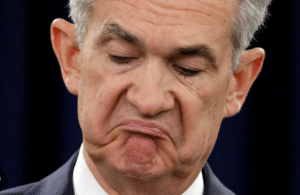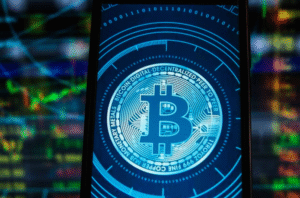$ADM $BG $BTC
#FoodPrices #Inflation #GlobalMarkets #Commodities #Agriculture #Crypto #ConsumerGoods #PriceHikes #FoodSupply #SupplyChain #Economy #Investing
Global food prices have surged to their highest levels in over 18 months, drawing significant attention from both consumers and investors. The Food and Agriculture Organization (FAO) recently reported that its Food Price Index, which tracks the international prices of a basket of food commodities, climbed considerably in the last quarter. This yearlong rally in prices has been fueled by a combination of factors, including supply chain disruptions, adverse weather events, and geopolitical tensions, all of which have strained global agricultural output. Analysts are especially concerned about the impact these price surges could have in emerging markets, where a larger portion of household income is devoted to food expenses, potentially exacerbating inequality and social unrest.
Among the food commodities feeling the uptick, staples like grains, cooking oils, and sugar have shown the steepest price increases. Global wheat prices, for instance, have risen sharply due to extreme drought conditions in key exporting nations, including the U.S. and parts of Europe. Similarly, ongoing instability in the Black Sea region has disrupted wheat and sunflower oil supplies. As one of the dominant exporters of agricultural commodities, disruptions in Ukraine and surrounding areas have reverberated across international markets, creating uncertainty that further pushes prices upward. Meanwhile, sugar producers in Brazil, the world’s largest exporter, face challenges from rising energy costs, as ethanol production often competes with sugar output, compelling producers to prioritize one over the other. These dynamics highlight the delicate balance between commodity-specific pressures and broader market challenges.
Market implications of these elevated food prices extend beyond the grocery aisle. Investors have shown renewed interest in agricultural stocks like $ADM (Archer-Daniels-Midland) and $BG (Bunge Limited), which are poised to benefit from higher commodity prices. Meanwhile, rising food inflation could weigh on consumer discretionary spending, as higher grocery bills force households to cut back in other areas. From a macroeconomic perspective, central banks are closely monitoring these inflationary pressures for their potential to derail broader economic stability. In particular, higher food costs have been a significant contributor to headline inflation figures in both advanced and developing economies, pressuring policymakers to tighten monetary policy. For cryptocurrencies like $BTC, food price inflation indirectly underscores the concerns surrounding traditional fiat currency depreciation, driving some investors toward decentralized digital assets as a perceived hedge.
Looking ahead, market watchers warn that food inflation may persist into the foreseeable future. Climatic unpredictability, compounded by the intensifying effects of climate change, adds a layer of volatility to agricultural output. Moreover, logistical challenges such as port congestions and high transportation costs continue to plague supply chains, prolonging the time it takes for food products to reach end consumers. For individuals and governments alike, these trends present a precarious outlook, signaling the importance of strategic investments and policy interventions. Diversifying agricultural supply sources and fostering innovation in farming technologies will be critical to mitigating the long-term effects of rising food prices on consumers and economies alike. Investors, too, may find opportunities in agri-tech and related industries as markets adjust to this evolving landscape.







Comments are closed.